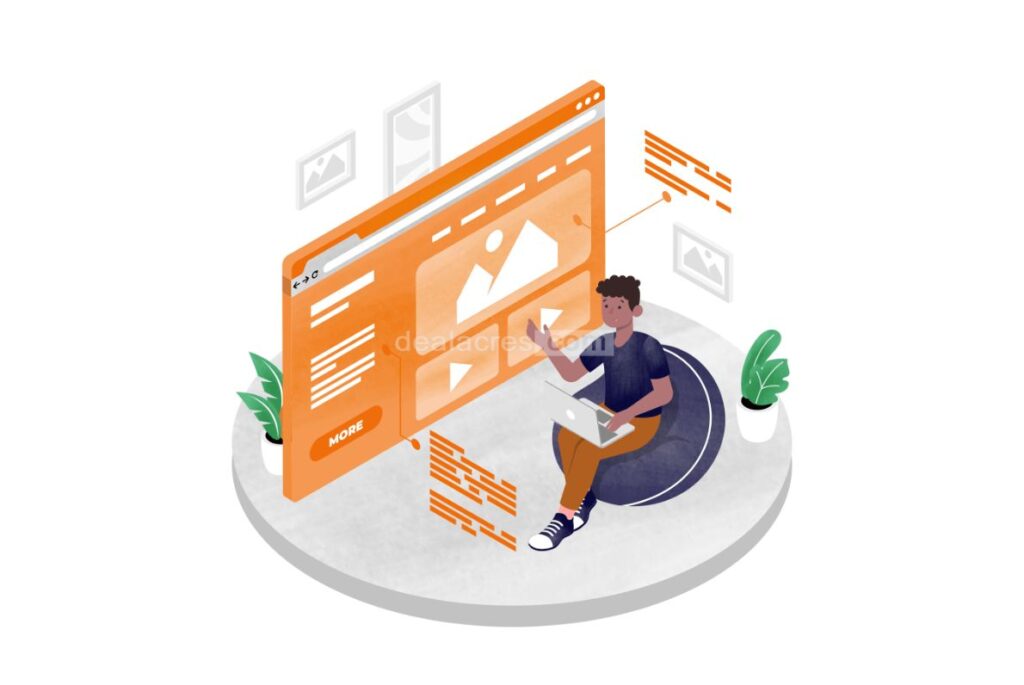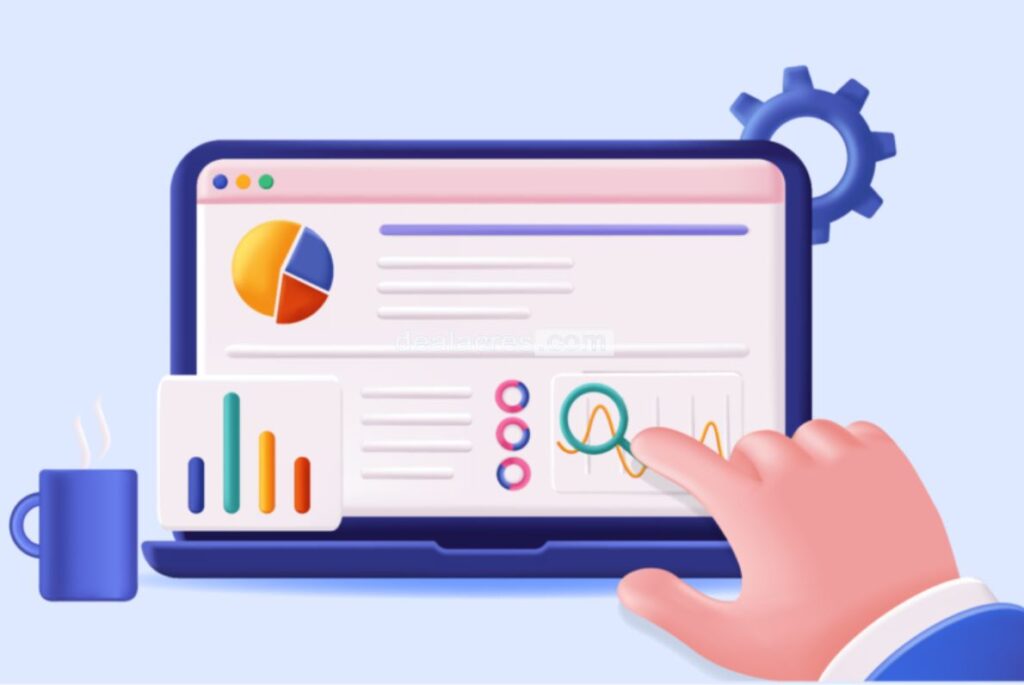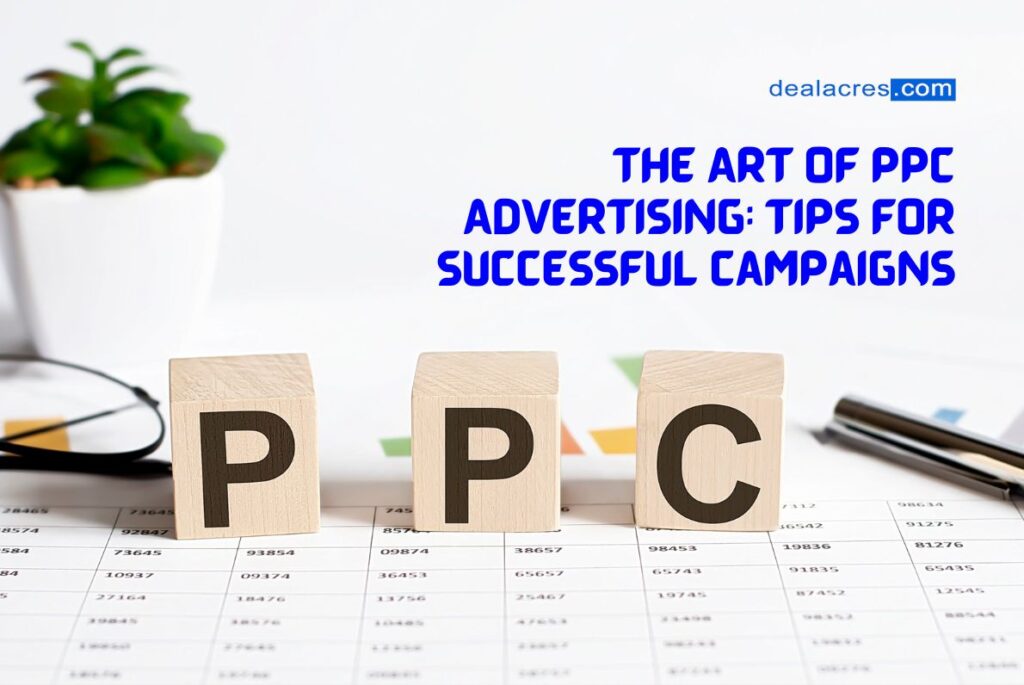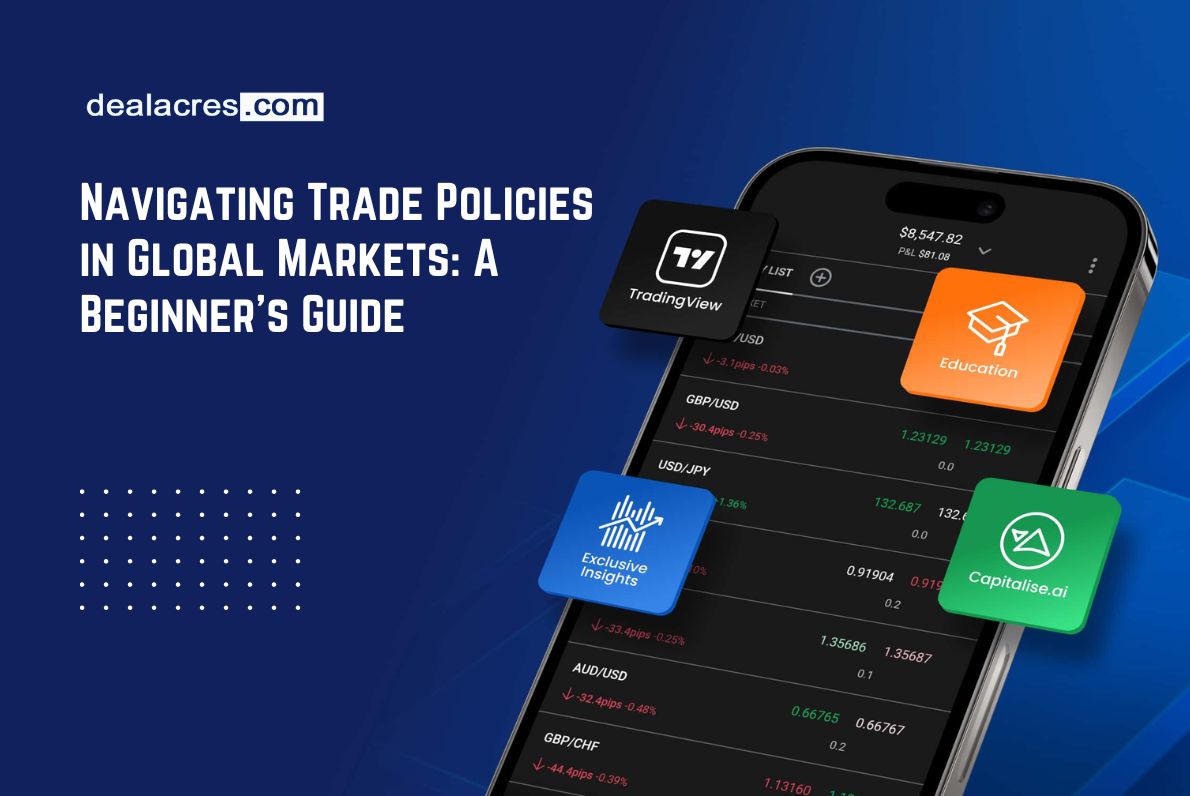In the dynamic world of digital marketing, Pay-Per-Click (PPC) advertising stands out as a powerful tool to drive targeted traffic, increase brand visibility, and achieve specific business goals. Whether you’re a small business owner or a marketing enthusiast, understanding the art of PPC advertising can elevate your online presence and contribute to business success. In this comprehensive guide, we’ll explore the fundamentals of PPC, share valuable tips for creating successful campaigns, and delve into strategies to optimize your advertising efforts.
Unveiling the Basics of PPC Advertising

1. What is PPC Advertising?
PPC advertising is a model where advertisers pay a fee each time their ad is clicked. It’s a way of buying visits to your site rather than earning them organically.
2. Key Components of PPC:
Keywords: The foundation of PPC revolves around selecting relevant keywords that align with your business and target audience.
Ad Copy: Craft compelling ad copy that entices users to click and explore further.
Landing Page: The page users land on after clicking your ad should provide a seamless and relevant experience.
3. Popular PPC Platforms:
Google Ads: The most widely used platform, displaying ads on Google search results and affiliated websites.
Bing Ads: Similar to Google Ads, reaching users on the Bing search engine.
Social Media Ads: Platforms like Facebook, Instagram, Twitter, and LinkedIn offer robust PPC advertising options.
Tips for Creating Effective PPC Campaigns
1. Set Clear Objectives:
Define Goals: Whether it’s driving sales, increasing website traffic, or boosting brand awareness, clearly define your campaign objectives.
2. Conduct Thorough Keyword Research:
Relevance is Key: Choose keywords relevant to your business and products/services.
Long-Tail Keywords: Incorporate specific and targeted long-tail keywords for better precision.
3. Craft Compelling Ad Copy:
Clarity and Relevance: Clearly communicate your offer or message.
Call-to-Action (CTA): Include a strong and clear CTA to prompt user action.
4. Understand Your Audience:
Demographics: Tailor your ads based on the demographics of your target audience.
Behavioural Targeting: Utilize behavioural data to reach users with specific interests or online behaviours.

5. Optimize Landing Pages:
Consistency: Ensure a seamless transition from ad to landing page.
Relevance: The landing page should directly address what the user was searching for.
6. Implement Ad Extensions:
Enhance Visibility: Use ad extensions to provide additional information and increase ad visibility.
Site Link Extensions: Direct users to specific pages on your website.
7. Monitor and Adjust Bids:
Bid Strategically: Set bids based on the value of different keywords to your business.
Monitor Performance: Regularly assess and adjust bids to optimize for better results.
8. Utilize Ad Scheduling:
Peak Times: Identify peak hours/days for your audience.
Adjust Bids: Increase bids during high-conversion times.
9. Leverage Remarketing:
Re-Engage Users: Target users who have previously visited your website.
Tailored Messaging: Craft ads based on their previous interactions with your site.
10. Monitor Competitor Activity:
Stay Informed: Keep an eye on competitors’ strategies and adjust your approach accordingly.
Identify Opportunities: Identify gaps or areas where you can differentiate.
Strategies for Ongoing Optimization
1. Analyze Performance Metrics:
Click-Through Rate (CTR): Measure the percentage of users who clicked on your ad.
Conversion Rate: Evaluate the rate at which clicks lead to desired actions.
Quality Score: Google’s metric assesses the relevance of your keywords, ad copy, and landing page.
2. A/B Testing:
Headlines and Ad Copy: Experiment with different headlines and ad copy variations.
Visual Elements: Test the impact of different images or graphics.
3. Geo-Targeting:
Localize Campaigns: Adjust campaigns based on the geographic locations of your target audience.
Adapt to Trends: Optimize for local events or trends.
4. Budget Allocation:
Prioritize High-Performing Campaigns: Allocate budget based on the performance of individual campaigns.
Experiment with Budgets: Test different budget levels to find the optimal balance.
5. Stay Updated on Trends:
Industry Changes: Stay informed about updates and changes in the PPC landscape.
New Features: Explore and experiment with new features offered by advertising platforms.
6. Responsive Ads:
Mobile Optimization: Ensure ads are optimized for mobile users.
Responsive Design: Create ads that adapt to different devices and screen sizes.

7. Negative Keywords:
Refine Targeting: Exclude irrelevant search terms with negative keywords.
Cost Efficiency: Improve cost efficiency by preventing ad impressions for non-relevant queries.
8. Utilize Ad Schedule Adjustments:
Time-of-Day Optimization: Adjust bids based on the time of day for optimal performance.
Day-of-Week Adjustments: Fine-tune bids for specific days of the week.
Overcoming Common Challenges in PPC Advertising
1. Budget Constraints:
Prioritize Campaigns: Allocate the budget to high-priority campaigns.
Optimize for ROI: Focus on campaigns that deliver the best return on investment.
2. Ad Fatigue:
Refresh Ad Creative: Regularly update ad creative to prevent fatigue.
Rotate Ad Variations: Rotate between different ad variations to keep messaging fresh.
3. Competing for High-Value Keywords:
Long-Tail Keywords: Focus on long-tail keywords with lower competition.
Quality Score Optimization: Improve ad relevance to compete effectively.
4. Ad Blocking:
Diversify Channels: Explore advertising on different platforms to reach users who use ad blockers.
Create Compelling Content: Craft content that users find valuable and may be less inclined to block.
Conclusion
Mastering the art of PPC advertising involves a combination of strategic planning, continuous optimization, and staying attuned to industry trends. Whether you’re looking to boost sales, increase brand awareness, or drive specific actions, PPC offers a flexible and measurable approach to achieving your goals. By implementing the tips and strategies outlined in this guide, you can navigate the dynamic landscape of PPC advertising with confidence and unlock the full potential of paid digital marketing for your business. Remember, successful PPC campaigns are not just about clicks; they’re about creating meaningful connections with your audience and achieving tangible business outcomes in the digital realm.




